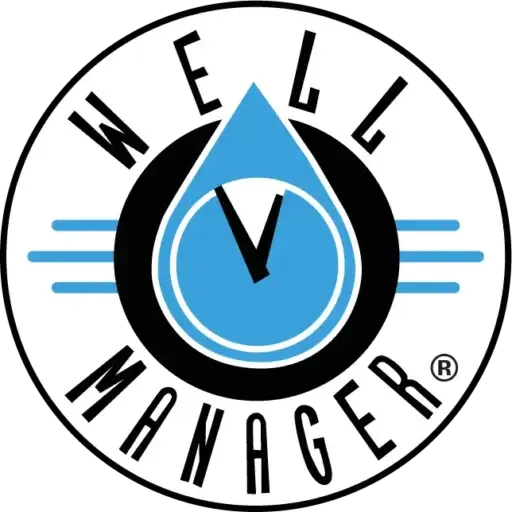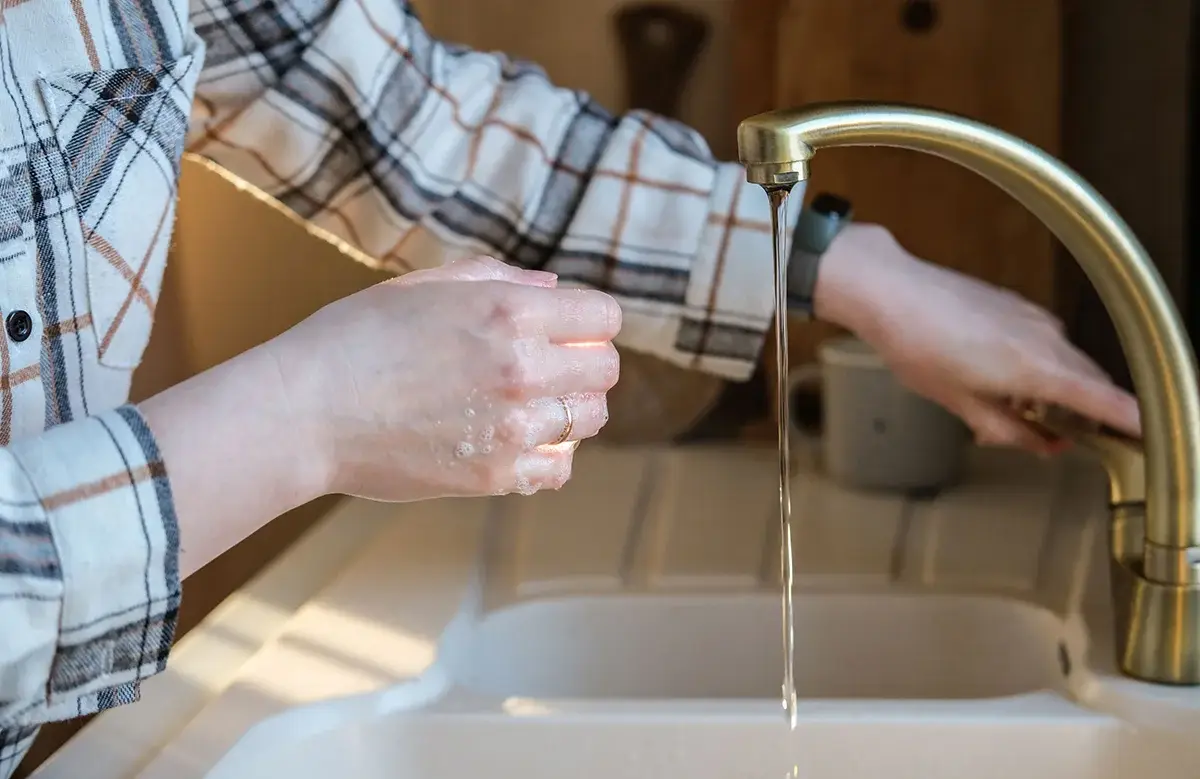The Unseen Threat to Your Tap
A sink starts to hiss. A washing machine fills more slowly each week. A pressure gauge flickers for no apparent reason. If you live on a private well in Arizona, these minor annoyances can be early warnings that the water beneath your home is changing faster than you think. At Well Manager, we see how a regional crisis with canals and reservoirs shows up in kitchens, bathrooms, and hose bibs.
The central question is simple and urgent. How should homeowners and users of well water in Arizona understand, respond to, and prepare for the accelerating groundwater crisis to protect both water security and water quality? Our answer is a plan you can control. Know your well’s vulnerabilities. Add tools that match your well’s actual capacity. Test on a schedule so you stay ahead of quality risks. Then lend your voice to practical policies that protect rural and unregulated areas, too.
Climate-driven aridity and intense agricultural demand are squeezing aquifers at the same time that many private wells sit outside strong oversight. That combination requires a comprehensive strategy.
The Quietly Disappearing Resource Beneath Your Property
The scale is no longer abstract. Between 2002 and 2024, aquifers across the Colorado River Basin lost about 27.8 million acre-feet of groundwater, roughly the storage of Lake Mead. About 68 percent of that loss occurred in the lower basin, which overlaps heavily with Arizona. Parts of western and southeastern counties saw the loss rate more than double after 2015. At the same time, Arizona lost about one-fifth of its Colorado River allotment in 2022, shifting more stress to groundwater just as the sky provided less relief. These are signals well owners should not ignore.
Two forces push this trend. Climate variability has delivered less winter recharge. A persistent La Niña pattern, including a rare triple-dip from 2020 to 2023, shifted storm tracks and cut the moisture that normally helps refill aquifers. Irrigated agriculture consumes about 72 percent of Arizona’s available water. Large plantings of alfalfa, cotton, corn, and pecans draw heavily on groundwater, and many fields still use flood irrigation that loses more water to evaporation than modern systems.
There is also a homeowner’s blind spot. Exempt wells with pump capacities of 35 gallons per minute or less do not report volumes and are not required to meet public water system health standards. That shifts testing, maintenance, and risk management directly onto the well owner. If you rely on a private well, no one is monitoring your water unless you do.
Arizona groundwater by the numbers you need to feel now
- 8 million acre-feet lost since 2002 across the basin, roughly a Lake Mead’s worth, with about 68 percent of losses in the Arizona-heavy lower basin.
- Loss rates in La Paz, Mohave, and Cochise roughly doubled after 2015, from about 5 millimeters per year to about 12 millimeters per year.
- Arizona lost about one-fifth of its Colorado River allotment in 2022, pushing more demand onto already stressed aquifers.
- Irrigated agriculture uses about 72 percent of the state’s water, and flood irrigation remains common in many fields.
- Private wells in domestic well areas are more likely to face declines and show higher arsenic and nitrate problems than regulated community systems.
“My Well Seems Fine” Is Not a Plan
Arizona has important wins. The Groundwater Management Act of 1980 created Active Management Areas around population centers and led to real gains in places. Managed aquifer recharge projects show that thoughtful policy can stabilize levels. Those results matter, especially for urban users.
But success is uneven. Many rural and fringe communities sit outside AMAs with fewer guardrails. Recharge often depends on surface water that is also under stress from the river. Most important for private well owners, domestic well areas show a higher probability of groundwater declines than community systems. They also show higher mean arsenic exceedances and more nitrate detections. A well can look steady until neighbors irrigate, a season runs dry, or the pump begins to short-cycle against a falling water level. If your plan is to assume stability, you are betting your household’s supply on luck.
Make Your Well Resilient: Quantity and Quality
- Spot the quantity problem early: Low water pressure across the home, faucets that sputter, and a pump that short-cycles or runs for long stretches are practical clues. These signs can indicate a falling static water level, a clogged screen, leaks, or a system drawing faster than the aquifer can recover. Treat them as diagnostics, not background noise. We help homeowners measure what matters so decisions are based on actual yield, not guesswork.
- Build storage and stable pressure:If sustained yield cannot meet peak demand, add intermediate storage and a dedicated booster rather than pulling directly from the well during high-use periods. Storage tanks collect at a gentle rate that matches the aquifer. A smart booster then delivers steady pressure to the house even when several fixtures run at once. Our approach at Well Manager is designed for low-yield conditions, protects the well from over-pumping, and often removes the need to drill a new well.
- Set pumps to protect your source:A pump set too shallow can draw air when levels drop. A pump set too aggressively can pull fines and damage impellers. Confirm setting depth, add run-dry protection, and pair your pressure switch and tank correctly. Aim for fewer starts, fewer stalls, and a collection rate that respects the well’s recovery. Our team can handle the details when you are ready.
Safeguarding Arizona’s Most Vital Resource, One Well at a Time
Your well is part of a much larger system. The choices you make at home protect your own supply and signal what Arizona should do next. The path forward is clear. Understand your well’s vulnerabilities. Add storage and right-sized pressure so quantity keeps pace with daily life. Test on a schedule so quality stays safe. Keep complete records and choose rehabilitation that solves root causes. When you want an expert partner, Well Manager is here to design and manage a plan that protects your water without the guesswork.
A steady tap tomorrow starts with steady action today. Treat your well like the essential asset it is and help Arizona keep groundwater available for the families who will depend on it next.
Related Reading
- What Homeowners Need to Know About Wells and Construction Activity
- Tired of Lukewarm Showers That Drip Instead of Flow?
- Boost Your Flow: How to Eliminate Low Water Pressure and Deliver Consistent Output
- Could AI Data Centers Impact Your Home’s Water Supply? Here’s What You Need to Know
- Is Your Well Pressure Dropping? Here’s Why Quick Fixes Won’t Work



